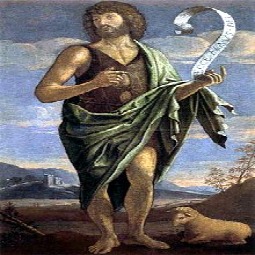Chronicling the Church
Book review of History of the Catholic Church From the Apostolic Age to the Third Millennium.

History of the Catholic Church
From the Apostolic Age to the Third Millennium
By James Hitchcock
Ignatius Press, 2012
$29.95, 584 pages
To order: ignatius.com
Histories of the Church run two risks. The first risk is to seem too worldly — one pope after another, doctrinal controversies drained of drama or interest, the Reformation and "wars of religion," the French Revolution and liberation theology. The second risk is the opposite of the first: making the Church too abstract and non-human — histories of doctrine only, for example, that do not acknowledge either human action or historical contingency.
Neither is true to the Church’s nature or to human history. The Church is both bound by its history and transcends it. As the British historian Christopher Dawson explained, history is "a path fraught with blind alleys and wrong turns. It is therefore a record both of the spiritual progress of the City of God and of the material progress of the City of Man."
In History of the Catholic Church, James Hitchcock, long a professor of history at St. Louis University, explains that the Church is "the longest-enduring institution in the world. And her historical character is integral to her identity."
To properly understand the history of the Church, a historian needs to balance both spiritual and material imperatives. In other words, a historian should not explain historical action only as a result of material or environmental factors. As Dawson recognized, the Church is moved by a deep recognition of her redemptive mission, which transcends particular circumstances.
Hitchcock devotes space to both major matters — such as the Crusades, the rise of the preaching orders, the Uniate churches, the Reformation and the Catholic response, plus the Inquisition — as well as to figures such as Innocent III, Thomas Aquinas, Martin Luther and John of the Cross. Complicated subjects are handled deftly, and a bibliography provides further reading.
Bringing the Church to the present, Hitchcock devotes significant space to Catholics in America, noting the Church’s involvement with labor disputes, immigration and the civil-rights movement, as well as the deeply rooted anti-Catholicism in parts of the nation. The current historical moment involves the Church’s struggle against the deeply antihuman "culture of death" identified by Popes John Paul II and Benedict XVI.
The countercultural stance of the Church, Hitchcock reminds us, is one the Church has often found itself in: defending humanity by looking to God: "[By] the beginning of the twenty-first century, it had become apparent that without God the dignity of man could no longer be affirmed."
The Church acts not only through the written word, but has used all media available to it, and seeing some examples of maps or artwork would have enriched this book. Nonetheless, this book remains a monumental achievement and is a solid resource for parishes, schools or families looking for a solidly historical yet identifiably Catholic history of the Church.
Gerald J. Russello is editor of
The University Bookman.
.
- Keywords:
- Dec. 1-14, 2013















